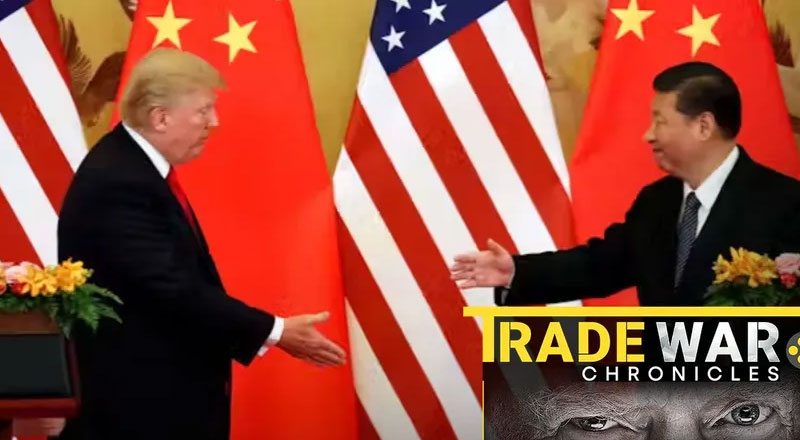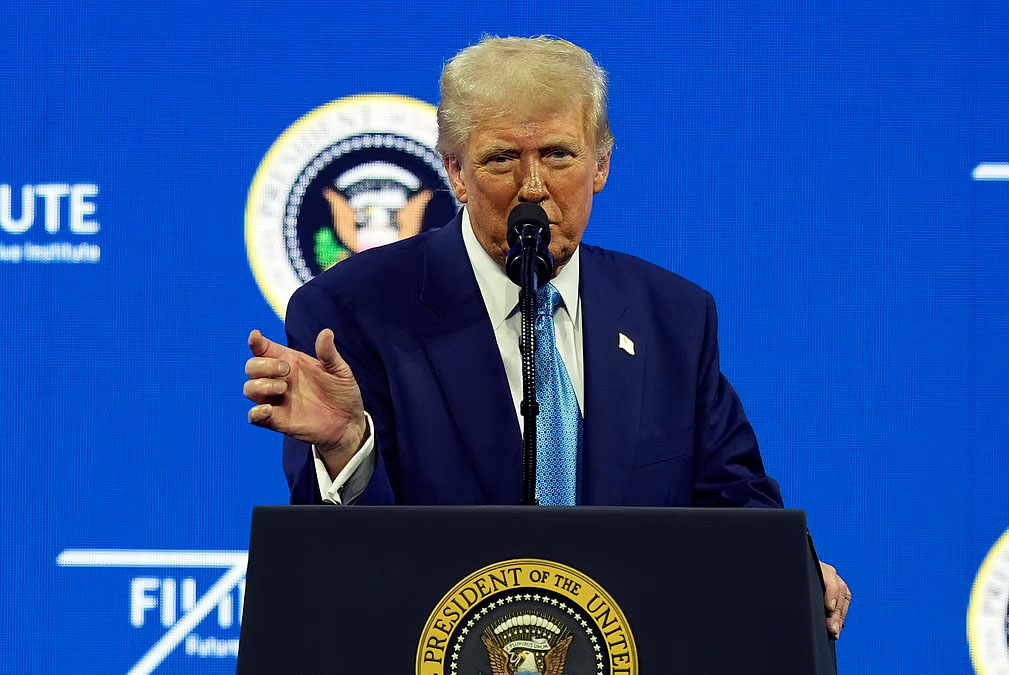A Trade Conflict on the Brink
The long-simmering trade tensions between the United States and China have now reached a potentially explosive stage. What began as a dispute over trade imbalances and intellectual property theft has grown into a full-scale economic confrontation. The latest salvo came on April 15, when President Donald Trump signed an Executive Order that dramatically increased tariffs on Chinese imports to a staggering 245%—the highest ever imposed between the two economic superpowers.
This move marks a new and dangerous phase in the ongoing tariff war. Initially aimed at protecting American interests, the escalating measures are beginning to reverberate through global markets. What makes this episode especially alarming is that both nations now appear locked into a cycle of retaliation—with no signs of stepping back. The question facing the world: how far will this go, and at what cost?
Trump’s Latest Strike: Tariffs at 245%
The Executive Order signed by Trump came with little fanfare—an unusual departure from his usual dramatic style. But its implications are anything but subtle. According to a White House factsheet, the tariff hike is a direct response to China’s retaliatory actions against earlier US duties. The order, part of what Trump referred to as “Liberation Day,” dramatically raises the cost of doing business with China.
The administration insists the move is meant to bolster US economic and national security. Officials claim that over 75 countries have responded positively to the tariffs, seeking new trade deals with the United States. However, China’s absence from that list has been cited as justification for the steep new measures.
Economists, on the other hand, are raising red flags. Many warn that such high tariffs risk choking global supply chains, raising prices for consumers, and creating long-term damage to both economies.
China’s Firm Stance: Retaliation and Resilience
China, unsurprisingly, has responded with firmness. On April 16, a day after Trump’s announcement, the Chinese government stated that it was “not afraid” to engage in a trade war. Foreign Ministry spokesperson Lin Jian emphasized that China is open to dialogue—but not under threats.
“If the US really wants to resolve the issue through negotiation, it must stop exerting extreme pressure, stop threatening and blackmailing, and talk to China on the basis of equality and mutual benefit,” he said.
The trade war originally reignited when Trump blamed China for its alleged role in the fentanyl supply chain. Since then, tariffs have increased multiple times on both sides. With no real progress in sight, the rhetoric is heating up as fast as the tariffs.
Global Impact: Collateral Damage and Economic Shocks
The tit-for-tat trade war is no longer just a bilateral matter—it’s becoming a global economic hazard. Major corporations that rely on cross-border supply chains are now scrambling to rework logistics, rethink sourcing strategies, and hedge against rising costs.
Emerging markets and export-driven economies are particularly vulnerable. Any significant disruption in global trade between the world’s two largest economies will directly impact inflation, interest rates, and consumer goods prices worldwide.
Financial analysts fear that if these tariffs remain or rise further, the world could see a slowdown in economic growth, especially if trade partners are forced to take sides or respond with protective measures of their own.
How Long Will This Go On?
The US-China tariff war is entering a dangerous and unpredictable phase. With both sides refusing to blink, the world may be witnessing a protracted standoff with no clear off-ramp. As each round of retaliation adds to the economic strain, the possibility of a negotiated settlement becomes more remote.
When will it end? That depends largely on political will—on both sides—to prioritize global stability over nationalist bravado. Until then, the world economy remains on edge, watching as two giants spar in a battle with no winners, only consequences.
(With inputs from agencies)

Geo Politics




















